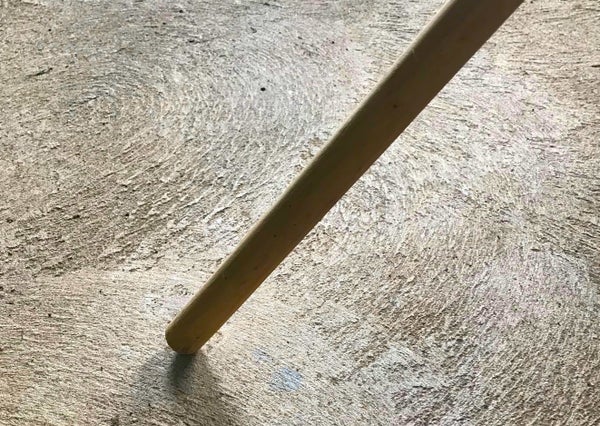This article was published in Scientific American’s former blog network and reflects the views of the author, not necessarily those of Scientific American
Today the story is a familiar one, trotted out with regularity everywhere from classrooms to cartoons: Some sixty-six million years ago the Yucatán peninsula had a very bad day. An extraterrestrial object more than 10 kilometers across intersected Earth’s orbit at precisely the same time that the Earth slid through that point. In a matter of moments this huge mass pushed aside the atmosphere in a great shock front and plowed into the surface of the planet.
Depositing an unspeakable amount of energy (possibly on the order of a hundred terratons of TNT equivalent explosive energy) it dug a hundred-and-fifty-kilometer-wide, thirty-kilometer-deep crater. It triggered a vast combustion of organic material. It produced a tsunami that reached around the world, including up to the-then inland seas of North America. And it pumped vaporized rock, dust, and climate-changing gases into the atmosphere, driving the extinction of 75% of plant and animal species on Earth (although a few scientists still point to large-scale volcanic activity that was ongoing during the same period as a culprit or contributor).
But, like so many phenomena, the details really matter. In the case of the Chicxulub impact, and other large impacts, it’s not just the mass and speed of the incoming object – be it asteroid or comet. It turns out that the direction, or angle of impact, is also critically important.
On supporting science journalism
If you're enjoying this article, consider supporting our award-winning journalism by subscribing. By purchasing a subscription you are helping to ensure the future of impactful stories about the discoveries and ideas shaping our world today.
In a study by Collins et al. recently published in Nature Communications, this factor gets new scrutiny. Using a combination of 3D computer modeling of the impact in the Yucatán, and an ever-increasing set of data on the crater’s detailed structure and configuration (including deep core samples being taken by ocean-going scientific drilling missions) the authors assemble an argument for an inclined impact.
Specifically, they suggest that the impactor came in from the northeast with an angle some 45 to 60 degrees from the horizontal. According to their models that also means that this impact likely released more climate-changing gases than the same mass impactor coming in from either a near-vertical or much shallower angle. The reason comes down to the subtleties of the geology of the Yucatán region 66 million years ago, and the depth and vigor of the impact. Hitting with an angle between 30 and 60 degrees is literally the “worst-case scenario” for ejecting masses of carbon dioxide and sulfur into the environment – by factors of 2 to 10.
It’s a bit like adding insult to injury. That bad day in the Yucatán was made even more unlucky because of the angle of impact. This also suggests that judging the effect of asteroid impacts across Earth’s history and on the biosphere requires further care to get the details nailed down. That includes any potential impacts in our future.
